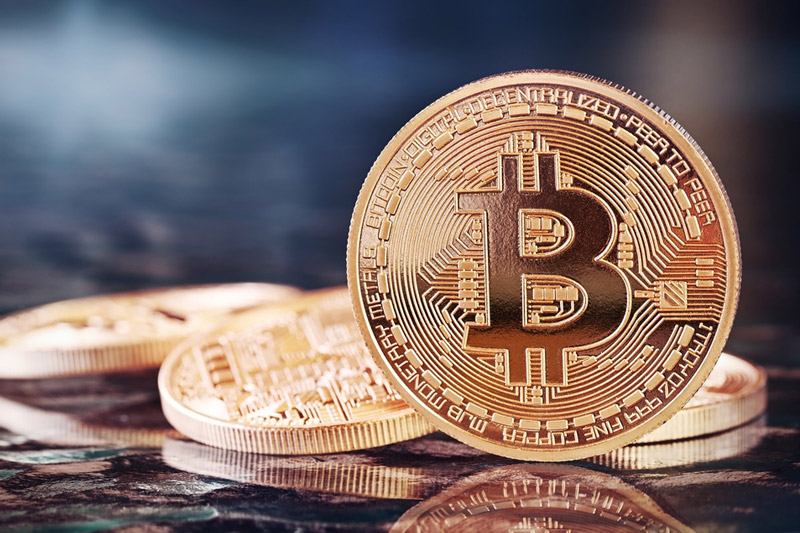Investing.com’s stocks of the week
- On June 7, Richard Knight published an article about the upcoming Bitcoin Halving.
- The article predicts the implications of the Halving and how it would affect the market in 2022 and 2023.
- The Bitcoin Halving is expected to take place on May 22, 2024.
On June 7, Richard Knight — a crypto analyst — published a Medium article about the implications of the fourth Bitcoin Halving. Knight expects that we will see a continued downtrend in the market until early 2023, with the next bull run being in May of 2023. Additionally, Knight predicts we would see the market bottom around November or December of 2022.
Most of these analysts predict that the value of Bitcoin will rise in the years leading up to its next halving. This is based on its long history and the outcomes of the first and second halvings. Bitcoin’s price has not been at its best so far this year.
The third Bitcoin halving happened not just amid a global epidemic, but also during heightened regulatory speculation, increasing corporate interest in virtual currencies, and celebrity hype. Given these additional uncertainties, it is difficult to predict where Bitcoin’s price will eventually settle.
Bitcoin Halving chart. Source: Coin Metrics
Bitcoin halving is among the most significant events in the crypto industry. Since there are fewer Bitcoins to go around, the value of each bitcoin increases, causing the price to rise.
Bitcoin must half in order to decrease the network’s production of new Bitcoins. It reduces the supply to guarantee Bitcoin’s scarcity and avoid severe price inflation at the same time.
In 2008, when blockchain operations began, the mining incentive was 50 BTC. The award remained unchanged until 210,000 blocks had been added, at which point it was cut in half. After the addition of the following 210,000 blocks, the procedure is repeated. This event happens every four years.
The last of the 21 million bitcoins to ever be mined will be completed by about 2140. There are no more bitcoins to find, therefore the halving session ends at this point.
